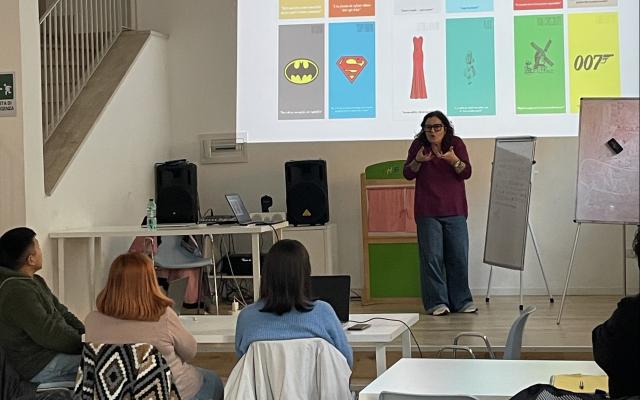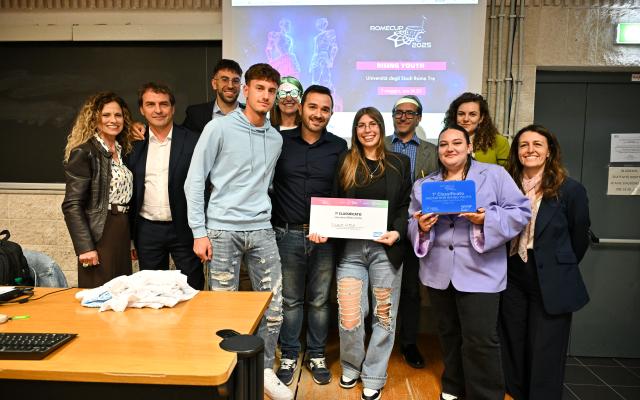As part of the Breaking Barriers project, with the support of Google.org, we are offering an original webinar dedicated to the role of artificial intelligence in physics education. The meeting will be led by Giovanni Organtini, associate professor of experimental physics at Sapienza University of Rome, who has been successfully experimenting with the integration of AI in educational processes for years, promoting a critical, collaborative and creative approach.
Date
10 July 2025 | 5pm – 6pm
Free webinar for teachers
Physics & AI: examples of collaborative and critical use
Registration: online form
AI and critical thinking: the debate is open
Recent research by the MIT Media Lab in Boston has reignited the debate on the use of AI in schools. The study, conducted on 54 young people and adults aged between 18 and 39, found that the continuous use of tools such as ChatGPT to write texts can reduce neural and linguistic activity, according to measurements taken using electroencephalograms. The subjects involved tended to become increasingly passive, limiting themselves to copying and pasting. If confirmed, this effect is particularly worrying for very young people who are still in the cognitive development phase.
Bans or education? The challenge of intelligent integration
Faced with these results, some are calling for a ban on AI in the classroom. But Prof. Organtini urges caution: ‘Banning artificial intelligence risks turning it into a forbidden fruit, encouraging misuse and hidden use. The real challenge is to teach people how to use it consciously and constructively.’
AI as an assistant, not a substitute
In the webinar, Organtini presents an original approach: intelligent tools can be configured to guide students in solving exercises, offering progressive suggestions, stimulating reasoning and leaving the responsibility for strategy to the student. The mechanical part is delegated to the machine, while the conceptual part remains in the hands of the student.
Physics exercises and code for experiments
The meeting will showcase:
- concrete examples of educational AI, such as systems that help solve exercises without providing the immediate solution but only targeted clues;
- creative applications, such as the automatic generation of code for experiments with Arduino: the student describes the activity in natural language and the AI produces the sketch, allowing them to focus on the experimental design rather than the syntax.
This is a step forward reminiscent of the introduction of compilers in relation to machine language: the focus shifts from “how to write” to “what to achieve”.
Why participate
The webinar is designed for teachers who want to approach emerging technologies without fear, taking the opportunity to train critical thinking and innovate teaching. As Organtini himself points out: “Until you try something, you're never really capable of doing it”. With guidance, method and training, integrating AI into the classroom is not only possible, but increasingly necessary.
A replicable format, ready for the classroom
The webinar “Physics & AI: examples of collaborative and critical use” does not end with the online meeting. At the end, participants receive comprehensive teaching materials so that they can replicate the activity with their students in a simple and immediate way.
The training kit includes:
- a teaching sheet with objectives, activities, tools and assessment methods
- the slides used during the webinar, in editable and reusable format
- the video recording of the meeting, to review key points or present them in class.
It is a different format from the usual: not just training, but an activity ready to be tried out in the classroom. Teachers not only receive inspiration, but also practical tools to get their students started right away.
Happy schooling, everyone!



